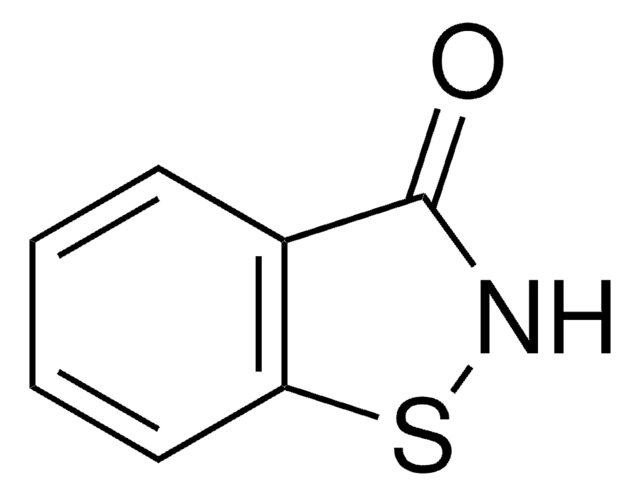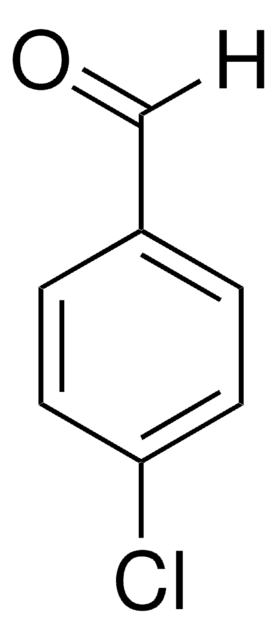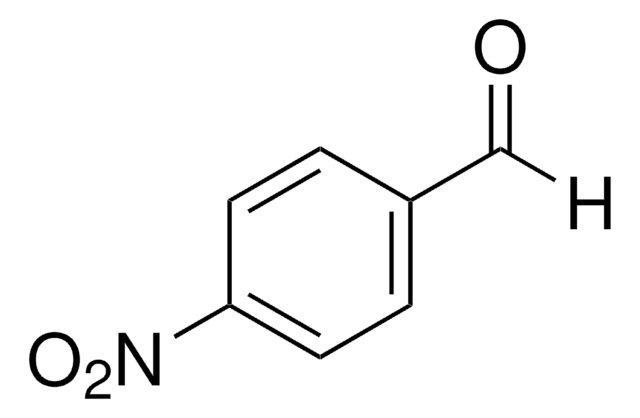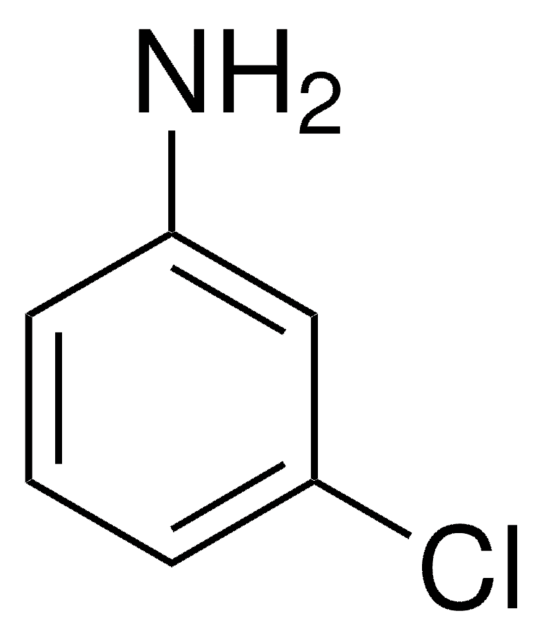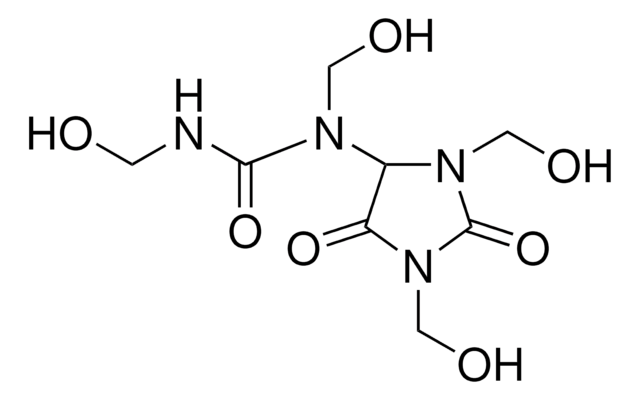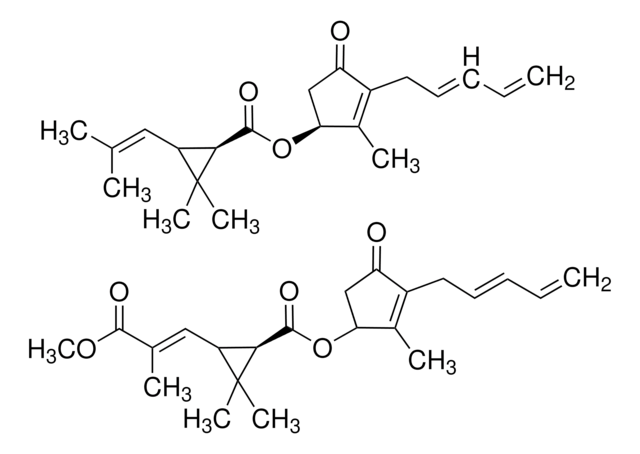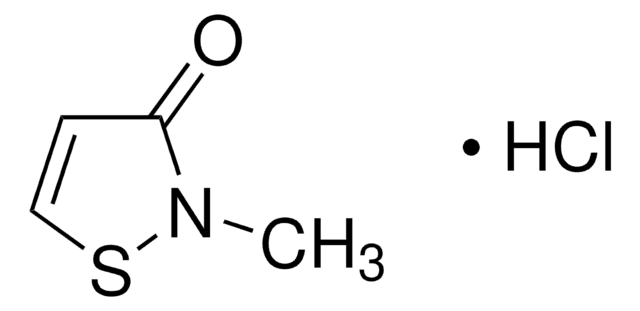134708
2-Bromo-2-nitro-1,3-propanediol
98%
Sinônimo(s):
BNPD, BNPK, Bronopol
About This Item
Produtos recomendados
Nível de qualidade
Ensaio
98%
forma
crystals
pf
130-133 °C (lit.)
solubilidade
H2O: soluble 100 mg/mL, clear, colorless to faintly yellow
grupo funcional
amine
bromo
hydroxyl
nitro
cadeia de caracteres SMILES
OCC(Br)(CO)[N+]([O-])=O
InChI
1S/C3H6BrNO4/c4-3(1-6,2-7)5(8)9/h6-7H,1-2H2
chave InChI
LVDKZNITIUWNER-UHFFFAOYSA-N
Procurando produtos similares? Visita Guia de comparação de produtos
Aplicação
- Effect of leave-on cosmetic antimicrobial preservatives on healthy skin resident Staphylococcus epidermidis.: This study examines the impact of various antimicrobial preservatives, including 2-Bromo-2-nitro-1,3-propanediol, on the microbiota of healthy skin, particularly focusing on Staphylococcus epidermidis. The findings suggest that such preservatives can influence the skin′s microbial balance, which is essential for maintaining skin health (Zhang et al., 2023).
- Assessing the residual antibacterial activity of clinical materials disinfected with glutaraldehyde, o-phthalaldehyde, hydrogen peroxide or 2-bromo-2-nitro-1,3-propanediol by means of a bacterial toxicity assay.: This research assesses the residual antibacterial effects of various disinfectants, including 2-Bromo-2-nitro-1,3-propanediol, on clinical materials, contributing to improved disinfection protocols in healthcare settings (Lerones et al., 2004).
- Development and testing of a microbiological assay to detect residual effects of disinfectant on hard surfaces.: This study developed a microbiological assay to evaluate the residual effects of disinfectants, including 2-Bromo-2-nitro-1,3-propanediol, on hard surfaces, aiming to enhance surface disinfection strategies in various industries (Mariscal et al., 1999).
Exoneração de responsabilidade
Palavra indicadora
Danger
Frases de perigo
Declarações de precaução
Classificações de perigo
Acute Tox. 4 Dermal - Acute Tox. 4 Oral - Aquatic Acute 1 - Aquatic Chronic 1 - Eye Dam. 1 - Skin Irrit. 2 - STOT SE 3
Órgãos-alvo
Respiratory system
Código de classe de armazenamento
4.1B - Flammable solid hazardous materials
Classe de risco de água (WGK)
WGK 3
Equipamento de proteção individual
dust mask type N95 (US), Eyeshields, Faceshields, Gloves
Escolha uma das versões mais recentes:
Já possui este produto?
Encontre a documentação dos produtos que você adquiriu recentemente na biblioteca de documentos.
Os clientes também visualizaram
Nossa equipe de cientistas tem experiência em todas as áreas de pesquisa, incluindo Life Sciences, ciência de materiais, síntese química, cromatografia, química analítica e muitas outras.
Entre em contato com a assistência técnica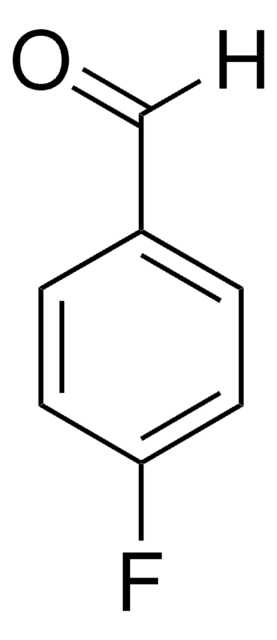
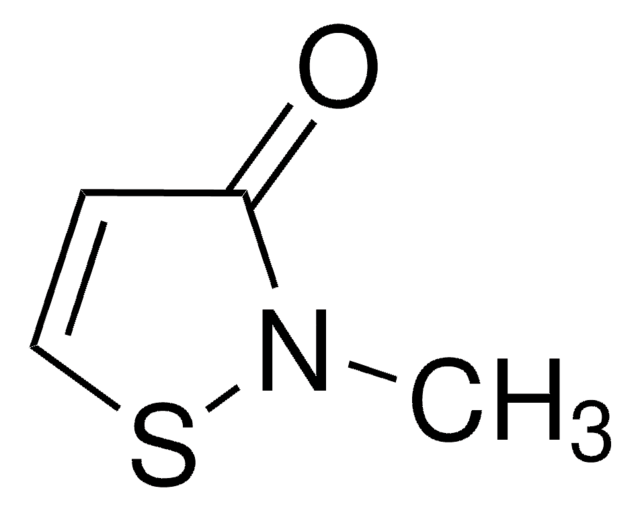
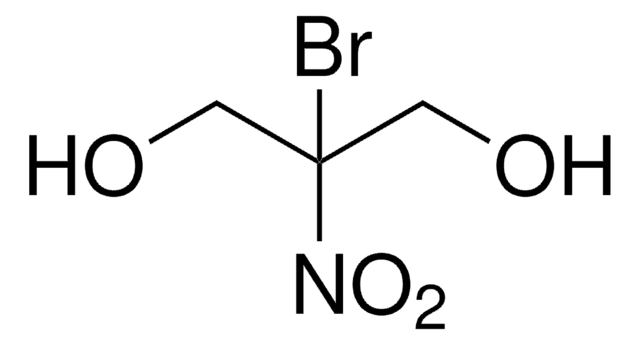
![1,8-Diazabiciclo[5,4,0]undec-7-eno 98%](/deepweb/assets/sigmaaldrich/product/structures/120/564/5b373e23-1624-489c-8efb-692de0f96ffb/640/5b373e23-1624-489c-8efb-692de0f96ffb.png)
